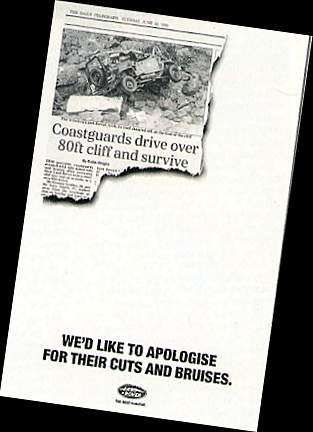It is not apparent to me that modern equipment is built to last or be repaired but to be replaced, and I find this a pity.
Newspapers are not printed on fine paper. They quickly turn yellow, and begin to decay rather rapidly - but why should they not - they are ephemeral.
My first hard drive would no doubt be working like a champ if I still had it - a Seagate 5 1/4 inch full-height monster that held a whopping 10 megabytes of storage. It was well-built, and at the time I bought it, priced like it.
But what use was that? The excellent build quality added significantly to the retail cost, and it was eclipsed in short order - a 10 megabyte hard drive is of no use to me now, working or not.
Consumer devices continue to evolve at a rapid pace, driven by technology. First computers, then items which had computers embedded in them, and cameras joined that mix as they became digital instead of film-based.
Automobiles are another industry where many morn the death of the car which can be worked on by the average shade-tree mechanic, and I used to understand that point of view, but not anymore.
Now, I see traffic accidents that are truly horrific - the body of the car smashed and twisted and altogether mangled, and the driver escapes with few or no injuries - thanks to incredible advances in technology. I would no longer want my wife driving a 10 year old car when a newer car can protect her far better than the older one. I don't care if it wears out in 7 to 10 years, I'll be replacing it by then, hopefully with one that is even safer.
Since that march forward in terms of technology has not peaked, it does not make economic sense to build quality into an item that will obsolesce in a few years. Planned obsolescence makes economic sense.
There is nothing wrong with building things to be replaced when indeed, they are intended to be replaced because the underlying technology advances very quickly.
I saw a woman in a camera repair shop late last year, and she was inquiring about having her 1.2 megapixel Sony digicam repaired. The shop owner said yes, he could fix it, and quoted her a base price. She seemed shocked, and replied that she could buy a new 8 megapixel digicam from Sony for that price. Yes, that's right. And that's what she should do. Repaired or not, the 1.2 megapixel Sony is inferior technology now. Who wants it?
High-end mechanical quality is still available for those who want it and can afford it - witness Swiss and German mechanical wristwatches, fountain pens, and cameras, as well as the finest cars.
I do not see the 'pity' since I have no interest in paying more than I need to in order to buy a device which I will not be interested in using in a few short years, due to advances in technology. I have several old digital cameras that I bought in the last decades. I don't use them, and most likely never will again. That they work or do not work is immaterial. Who cares?
Likewise, I have cameras that are nearly 80 years old, and I do use them from time to time. But the results they produce rival my latest 35mm film cameras, so it makes sense that they were very well made - nothing in the core technology of exposing film to light through a lens has really changed.
It's horses for courses. Digital technology has changed the way cameras are used and more importantly for this topic, in what manner they are made. Since we are still on that steep upward climb of technology, it does not make sense to build pyramids when we are still moving about like nomads - tents make more sense now.


